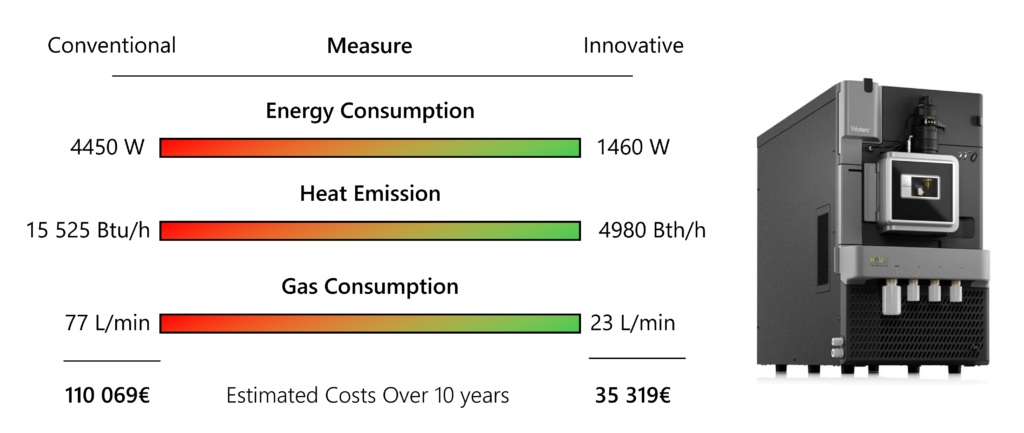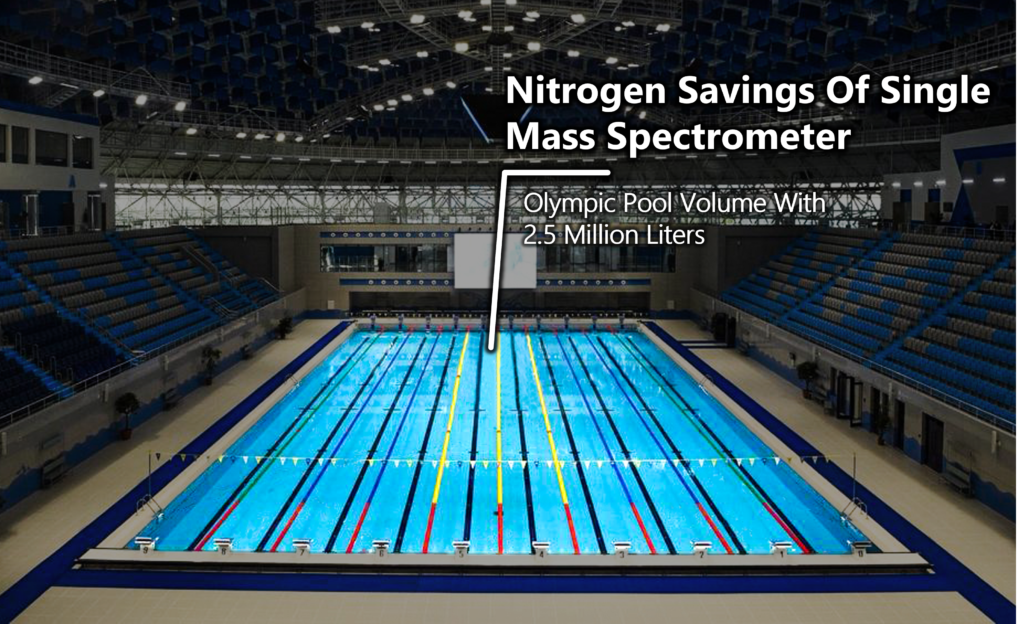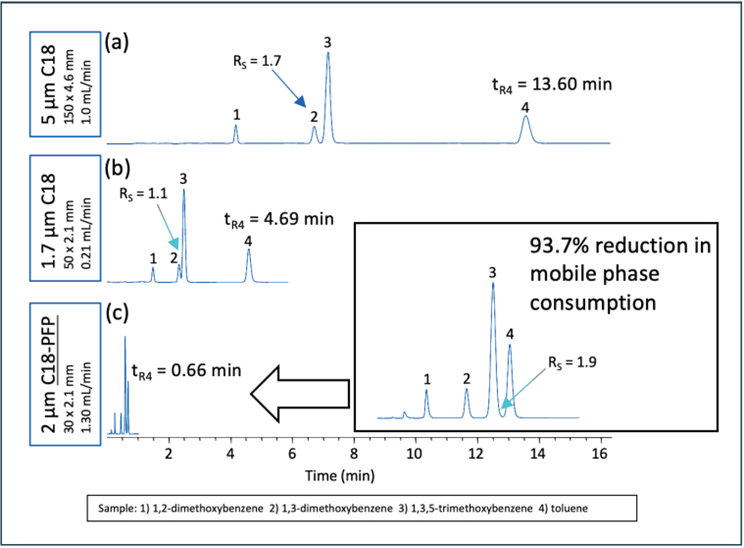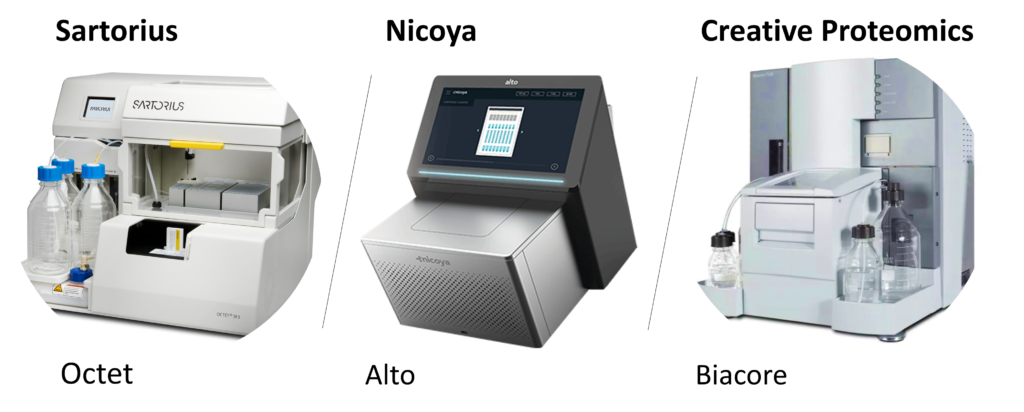Freezer sample storage documentation is crucial as it not only saves energy by reducing freezer opening times, it also safeguards samples. Given the high turnover of people in science, having a reliable tracing system is key. Here are the basic steps on creating an outline (as simple as an Excel Sheet): Create The Basic Outline… Continue reading How To -Freezer Storage Documentation
Tag: Science
High IF -Publishing & Sustainability
In science, we trade resources to create papers that are read and provide meaningful insights for human life. Although it is hard to measure what a “good” publication is, the closest we can get is counting citations. So, how can you get more citations to be more sustainable and boost your career? Descriptive Findings Are… Continue reading High IF -Publishing & Sustainability

| The scientific instruments market, including all its innovations, was estimated at an astonishing $40 billion in 2023.
When it comes to sustainability, approximately 50% of a laboratory’s electricity consumption is attributable to their instrumentation Similarly, billions of liters of reagents are required annually to run instruments.
Surprisingly, even in the high-performance segment, significant efficiency differences exist. That means you can become more sustainable by saving reagents, reducing maintenance, and optimizing time when choosing the right instruments.

Truly innovative equipment does not only enhance performance, it is more efficient too. This graphic is adapted from a Waters’ brochure featuring a comparison of the Xevo TQ Absolute to its competitor models
Let us review some inspiring examples to provide you with a sense of what could be of help to you:
Mass Spectrometry
Some MS systems use nitrogen to remove solvent from ions in the ionization source. More efficient source designs and optimized desolvation processes can reduce this consumption.
For instance, Waters’ ESI mass spectrometers require a gas flow of 20–23 L/min, compared to other systems that use up to 77 L/min. In fact, older instruments consume liquid nitrogen even in “standby” mode.

At first glance, these numbers might seem negligible, but consider that in core facilities, instruments typically run for 8 hours each working day, 200 workdays à year (=48000 hours):
> Traditional Operation: 77 L/min × 48,000 min = 3,696,000 L
> Sustainable Operation: 23 L/min × 48,000 min = 1,140,800 L
In many industrial settings, instruments operate 24/7, enabling more than 23 Million liters of Nitrogen savings!
On Top, modern instrument come with vacuum pumps that achieve comparable pumping capacities at only 500 watts, whereas traditional oil pumps consume between 1,500 and 3,000 watts.
High-Performance Liquid Chromatography (HPLC)
In HPLC, several innovations have emerged. For example, solid-core particles or halving column length and particle size enable more efficient separations, reducing run times by up to 50%.
= This also means 50% less solvent use and energy consumption compared to conventional machines.
However, one of the most exciting advancements exists in column diameter.

While conventional LC-UV instruments still use 4.6-mm inner diameter (i.d.) columns, switching to 2.1-mm i.d. columns can reduce solvent consumption by up to 80%. Although extra column dispersion or internal backpressure can become a challenge, even more forgiving alternatives with 3.0-mm i.d. columns save about 60% of mobile phase use.
Considering that approximately 150 million kilograms of methanol and acetonitrile are used annually, these changes could save 50 million kilograms—the equivalent weight of 10 Eiffel Towers!

Investigating Protein Interactions – SPR
Beyond time and reagents use, efficient handling of samples is key. Older SPR (Surface Plasmon Resonance) instruments that enable the study of affinity of two ligands require approximately 150 µL of sample. Newer models, such as the Alto, reduce this amount to just 2 µL while requiring lower protein concentrations overall.

Although the concrete sustainability of this innovation has to be judged based on Life Cycle Analysis data, this instrument runs on DMF-powered cartridges, meaning it has no internal fluidics. As a result, maintenance and repair requirements for this part are eliminated altogether.
Imagine the reduced stress when less sample volume is needed, and expensive service calls are avoided—not to mention the lower carbon footprint associated with fewer service expert visits.
How This Knowledge Helps You:
Reagent use, running time, and sample preparation requirements are often undervalued when searching for new instruments. Importantly, faster processing speeds have compounding effects: reduced energy use, less heat generation, and therefore lower HVAC demands.
To evaluate the sustainability of equipment, consider these 5 core factors:
- Sufficiency & Breadth of Performance
- Operation Efficiency (e.g., energy consumption and heat generation)
- Type and Volume of Required Reagents (including sample preparation)
- By-products and Waste Generation (from reagents and samples)
- Embodied Carbon of the Materials
A personal tip: think outside the box. Don’t opt for the standard, instead choose what benefits you. For example, nowadays, very short 10×2.1 mm cartridge columns in HPLC systems are available. They save up to 88% of running time and 70% of solvent. However, they come with a lower resolution. If you need peaks as sharp as possible this is nothing for you. If you use an LC-MS system, broader peaks are not an issue, however, saving time, money and waste is.
| Ultimately, the question is whether we want to embrace optimization or stick with the conventional.
You want to learn more about how to make laboratories sustainable by enhancing workflows?
Then sign up for our weekly “Sustainability Snack” that outlines case studies, helpful tools and step-by-step guides for free.
Reducing Energy Consumption In Laboratories
The university of Cambridge spent approximately 19 million pounds on energy in 2018. On average, about 60-75% of all energy is consumed by laboratories. Therefore, these steps, can significantly cut down on energy consumption while maintaining high standards of research and operation: 1. Develop a Comprehensive Energy Plan Pro Tip: Optimize Equipment Readiness: Measure how… Continue reading Reducing Energy Consumption In Laboratories
Ask Me Anything – 10 Questions About Sustainability Answered
Question 1: I work with animals, mice to be precise. Are there best practices or opportunities to be more sustainable? 1. Optimize Experimental Design Minimize: the number of animals used by ensuring experiments have sufficient statistical power and address specific research questions effectively. This reduces unnecessary animal usage and associated costs. 2. Consider Breeding Practices:… Continue reading Ask Me Anything – 10 Questions About Sustainability Answered
3 Overlooked Benefits Of Publishing With A Society Journal
By Patrick Penndorf TL;DR In contrast to commercial journals run by publishers such as Nature or Science, Society Journals are run by practicing scientists within nonprofit research organizations. Therefore: • The editors in Society Journals are empathetic to the situation of researchers, prioritizing improvement of manuscripts instead of excessive requests. This is also why they… Continue reading 3 Overlooked Benefits Of Publishing With A Society Journal
Top 5 Certifications For Scientists To Know About
Optimizing procurement strategies can be challenging. Searching for greener products and suppliers is not straightforward. Although it is impossible to get a hang of all certification out there, 5 questions can help you to get a good feeling: A) What do they assess?i.e., carbon footprints or working conditions | processes or products? B) Who is… Continue reading Top 5 Certifications For Scientists To Know About

